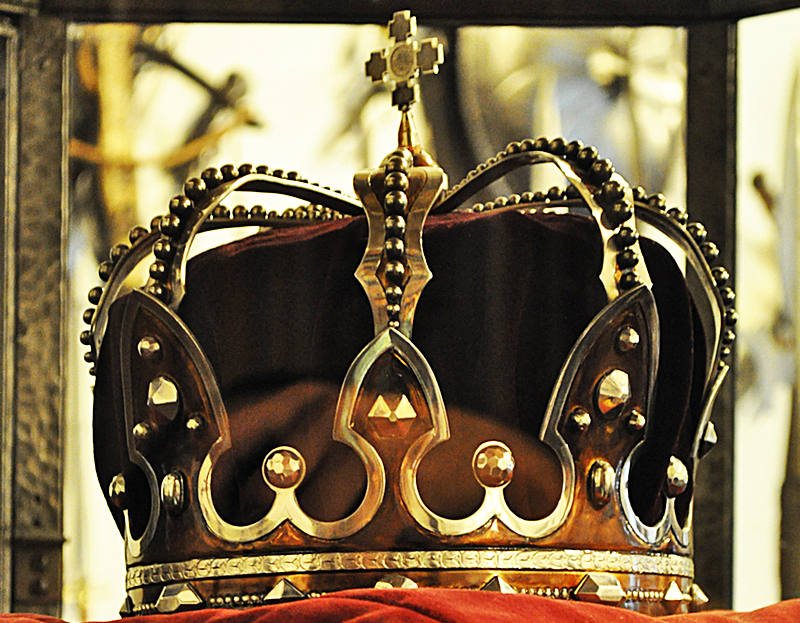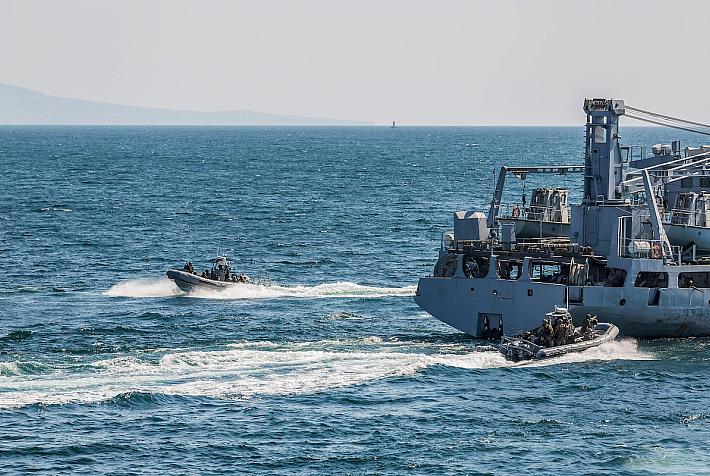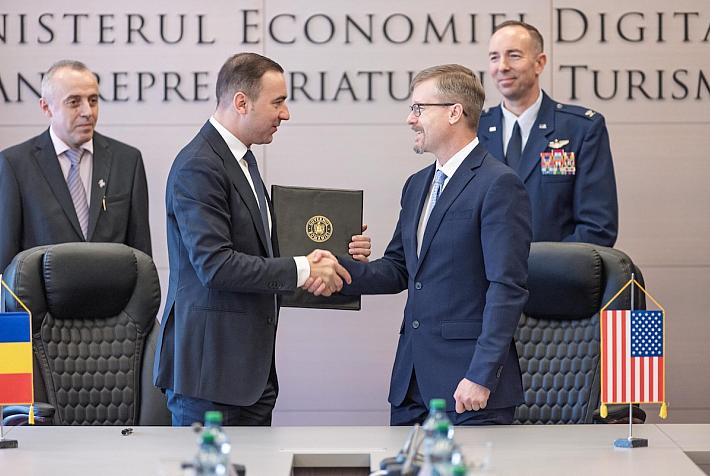King’s Day special: How royalty shaped modern Romania

Romania’s Royal Family ruled the country for less than 90 years, from 1866 until 1947, but this was a period of big changes that shaped modern Romania.
The history of Romania’s Royal Family starts on May 10, 1866, when Prince Karl of Hohenzollern-Sigmaringen (Carol I) arrived in Bucharest and was proclaimed Ruling Prince of Romania. He was later crowned the first king of Romania on May 10, 1881, after the country achieved its full independence from the Ottoman Empire
The idea of a foreign prince to rule over the Romanian principalities first emerged in the aftermath of the Revolution of 1848 as the local revolutionary leaders sought to break them from under the Ottoman Empire’s domination and to bring them into the family of European states.
In 1857, the Ottoman Empire allowed the principalities of Moldova and Wallachia to call assemblies (Divanuri Ad-Hoc), which would express the people’s will on how the principalities should be organized. The main two desires that were expressed in these assemblies were the Union of the Principalities and the proclamation of a foreign prince who would pass on the crown to his heirs.
The Principalities first achieved the Union by both naming Alexandru Ioan Cuza as Ruling Prince, in January 1959. The Union of the Principalities is celebrated on January 24. In February 1866, Cuza was forced to abdicate by a coalition of liberal and conservative politicians (when he was elected in 1859 he swore that he would leave the throne after 7 years to allow a foreign prince to take over).
The coalition’s leaders included famous liberal leaders Ion C. Bratianu and C.A. Rosetti, Ion Ghica, and conservative Lascar Catargiu. The Romanian politicians first sent count Filip of Flanders, brother to king Leopold II of Belgium, a proposal to take over as ruling prince of Romania, but Filip refused.
Then, Bratianu himself went to Dusseldorf where he made the same proposal to Prince Carol of Hohenzollern, who accepted it. Carol then crossed Europe and arrived in Romania in May 1866 and was proclaimed Prince of Romania on May 10, 1866. The start of his reign was not easy, however, as the liberals turned against him and organized a coup in 1870. The coup was defeated and Carol continued his reign.
His first big moment came in 1877 during the Russo-Turkish War when, again on May 10, Carol I signed the Romania’s proclamation of independence from the Ottoman Empire. Prince Carol then assumed command of the Russo/Romanian army during the siege of Pleven (in today’s Bulgaria). The Russian/Romanian victory on December 10 was decisive in bringing the Russian Empire the victory against the Ottomans and brought Romania full independence from the Ottoman Empire.
On May 10, 1881, Carol I was crowned king of Romania. The crown used for his coronation ceremony was made from the steel of a cannon the Romanian Army had captured from the Ottomans during the War of Independence. His reign lasted 47 years, until his death, on October 10, 1914. During his reign, Carol I had the Peles Castle, and the bridge over the Danube at Cernavoda built, to connect the newly gained province of Dobrogea to the rest of the country. He also finished the Constanta Port.
However, he also failed to continue Alexandu Ioan Cuza’s liberal and social friendly reforms and the poor people, especially the peasants continued to be oppressed under his reign. This led to the peasants’ uprising in 1907, which was suppressed in blood at the cost of some 10,000 lives. Close to the end of his reign, Carol I also wanted Romania to enter the war on the German Empire’s side, as he had a secret treaty with the central powers. German Emperor William II was also his cousin.
However, the Crown Council opposed his plan and voted for Romania-s neutrality, in July 1914. After Carol’s death, his nephew Ferdinand succeeded him to the throne. Ferdinand, who was married to Marie of Edinburgh, Quen Victoria’s granddaughter, decided Romania’s entry into World War I on the side of the Triple Entente, in August 1916, thus betraying his German roots.
The Entente won the war in 1918 and Romania carried out its Great Union with Transylvania, Bessarabia, and Bucovina. Ferdinand I was crowned king of unified Romania in 1922, in Alba Iulia. He died in Sinaia, in 1927.
He was succeeded by his minor grandson Michael I, as Ferdinand’s elder son, Carol II, had renounced the throne and move to Paris. A regency ruled the country on behalf of the 5-year old Michael. In 1930, Carol II returned to the country, as the many politicians were dissatisfied with the regency, and was proclaimed king of Romania. He ruled until 1938, when he was forced to abdicate by the Iron Guard and Ion Antonescu.
Michael I was crowned on September 6, 1940, with the same crown of steel that Carol I and Ferdinand I had worn. However, it was Marshal Ion Antonescu, his Prime Minister, who had full powers in Romania. He entered Romania into an alliance with Nazi Germany in World War II. King Michael I rose to his role on August 23, 1944, when he ordered Antonescu arrested and turned Romania against Nazi Germany, thus contributing to the shortening of World War II in Europe.
However, this didn’t stop the Soviet Red Army from marching its troops into Romania. Thus, King Michael was pressured into naming a pro-Soviet government led by Petru Groza, in March 1945. As the Communists ascended into power, they eliminated many of their political opponents. In December 1947, King Michael was forced to abdicate and went into exile, which marked the end of monarchy in Romania.
King’s Day special: In the footsteps of Romania's Royal Family
Romania’s King Michael withdraws from public life, asks his daughter to represent the crown
Romanian Parliament invites King Michael to attend plenary meeting on his 90th birthday
editor@romania-insider.com
(Photo source: Wikipedia)











